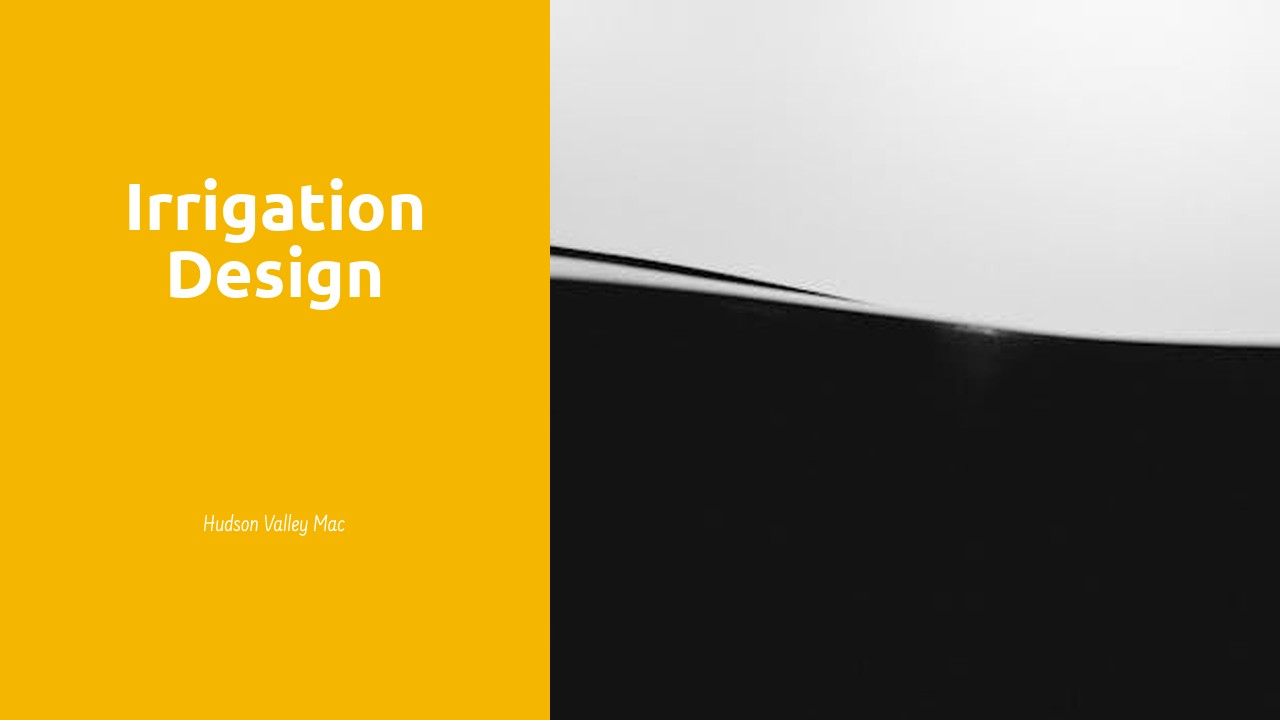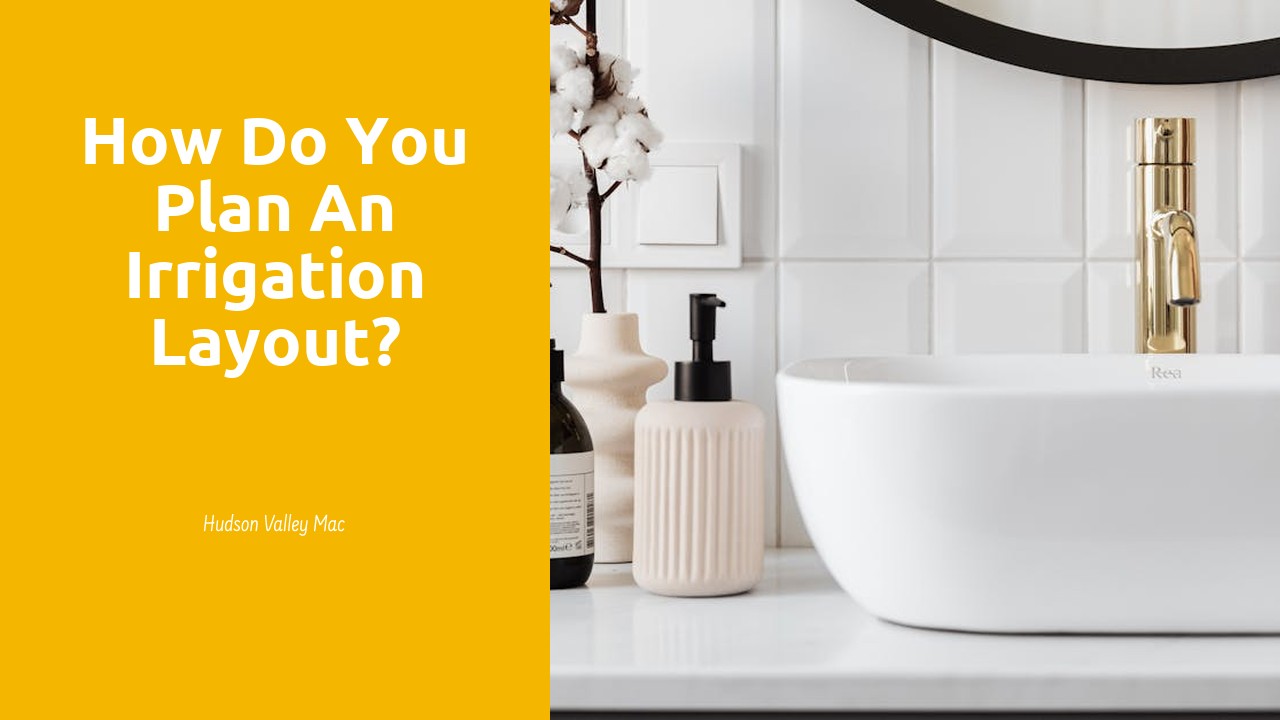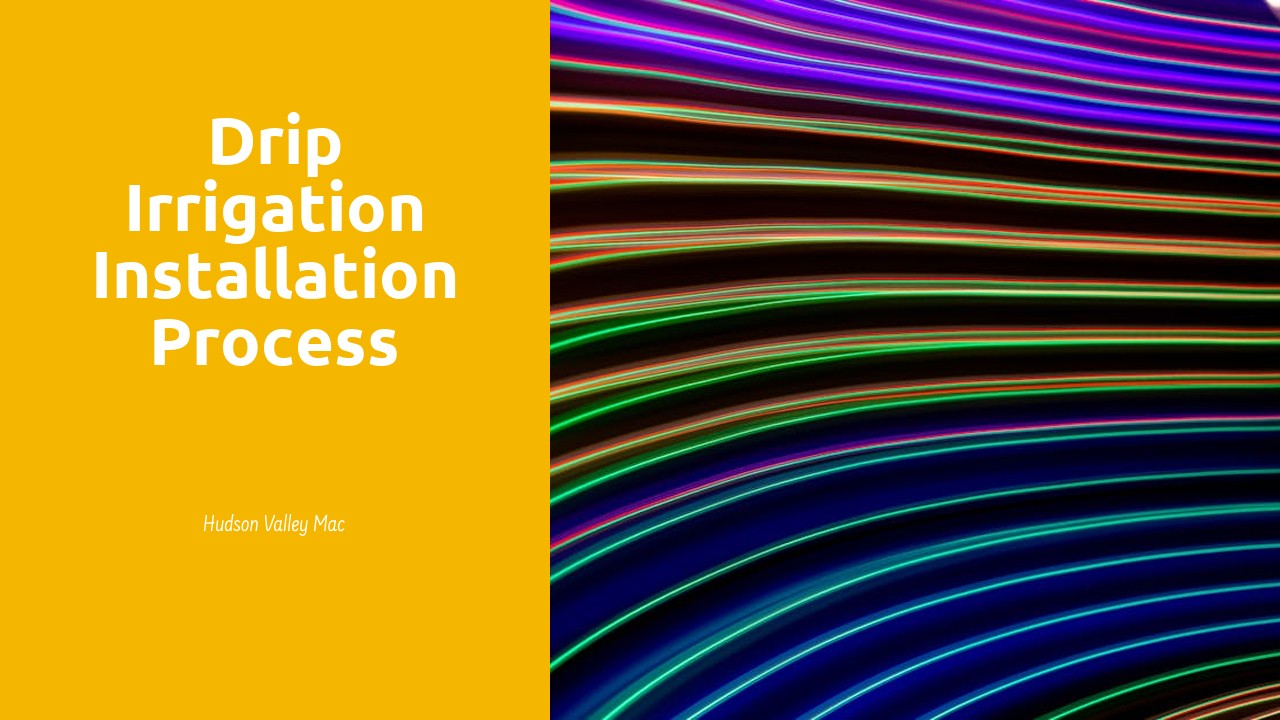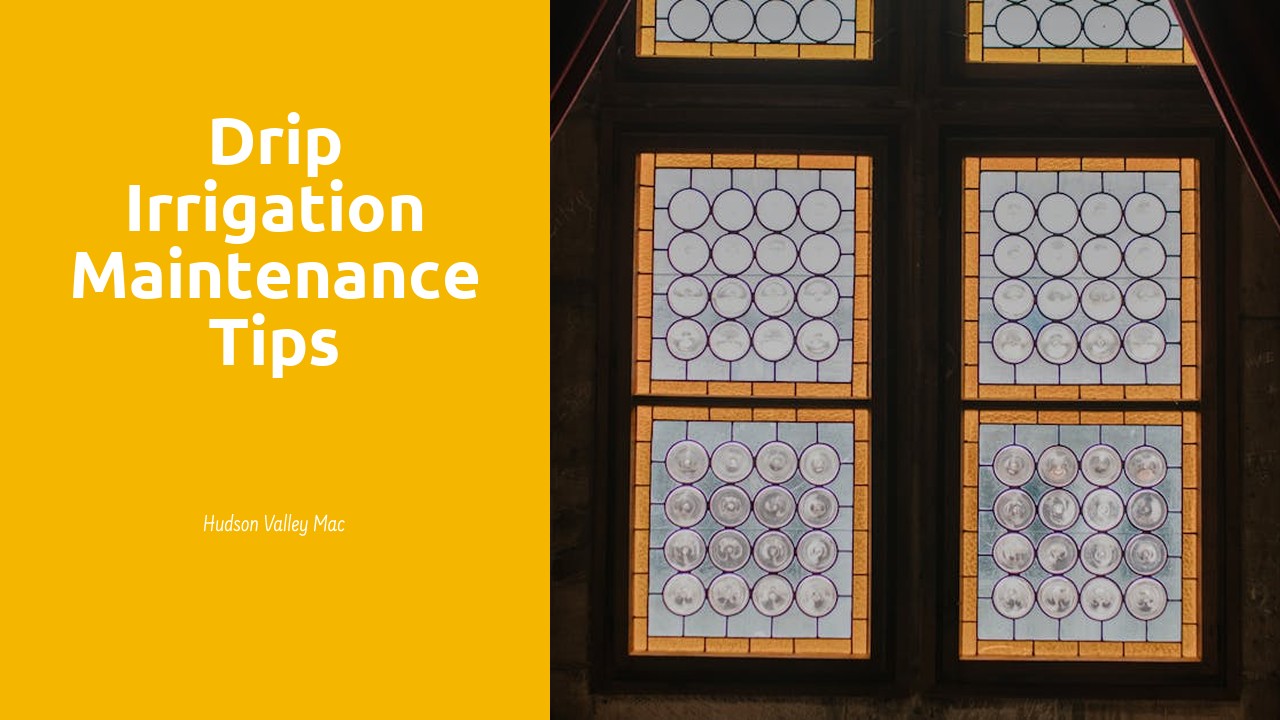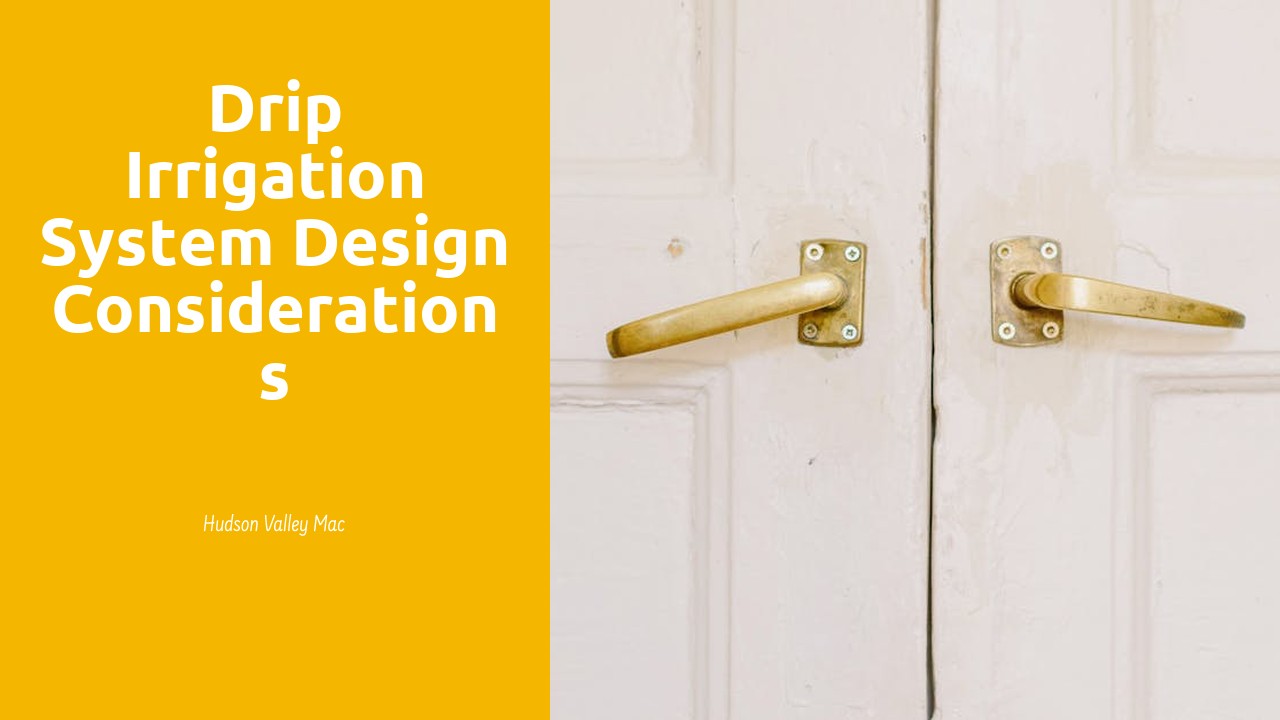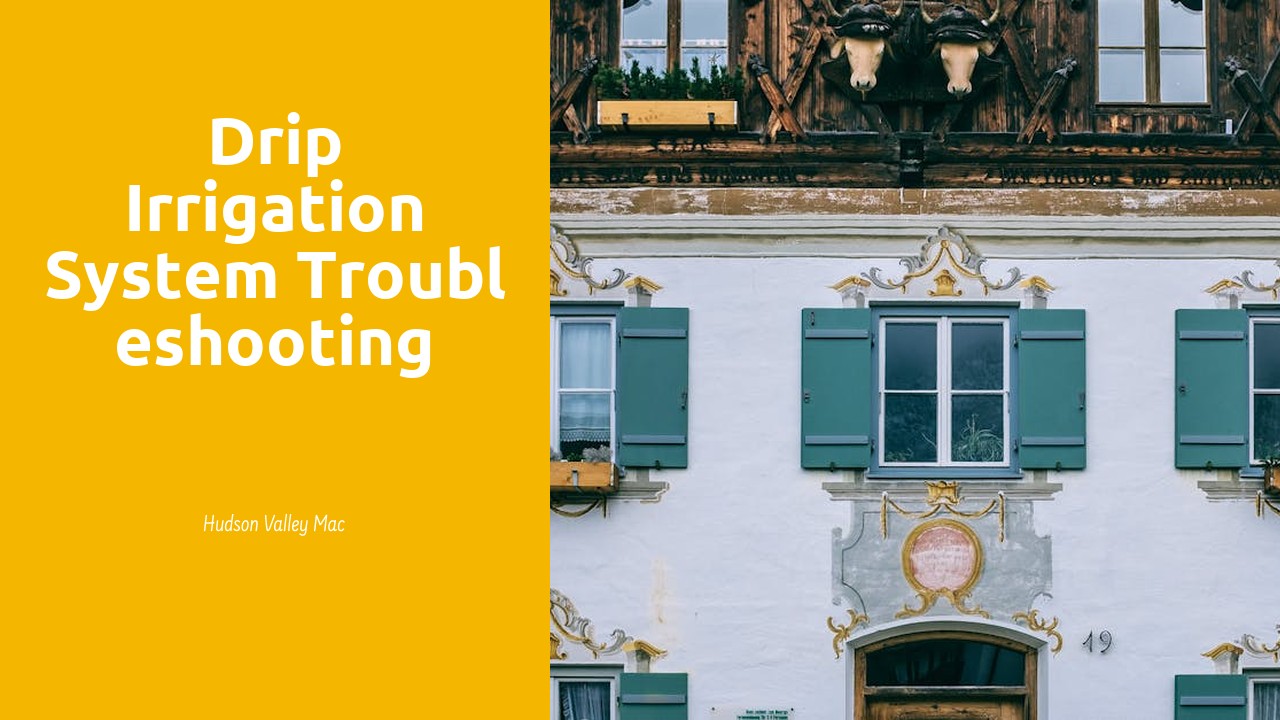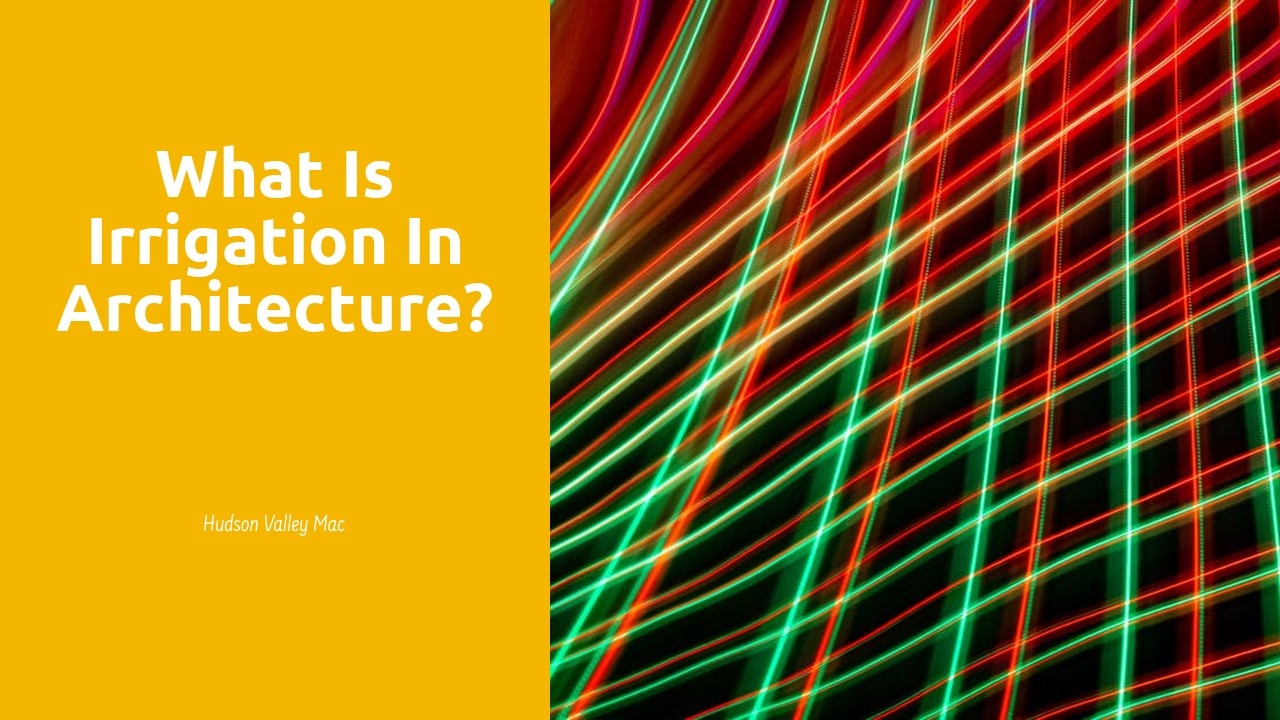
Table Of Contents
Benefits of Proper Irrigation Planning in Architecture
Proper irrigation planning plays a critical role in architectural design, ensuring that landscapes are not only aesthetically pleasing but also sustainable and functional. By incorporating thoughtful watering strategies, architects can create spaces that thrive while conserving water resources. In Irrigation Design Haldimand, a balance is struck between meeting the practical needs of the green space and enhancing the overall visual appeal of the architectural design.
Moreover, effective irrigation planning enhances the longevity of architectural structures by preventing soil erosion and maintaining plant health. Through well-executed watering systems, architects can mitigate potential risks such as flooding or drought, contributing to the resilience of the built environment. In essence, the benefits of proper irrigation planning in architecture extend beyond the surface level, fostering a harmonious relationship between the built environment and nature.
Enhancing Aesthetics and Functionality Through Thoughtful Watering Strategies
Enhancing aesthetics and functionality through thoughtful watering strategies is a pivotal aspect of architectural planning. Achieving a harmonious balance between green spaces and built structures requires meticulous attention to irrigation design Haldimand. By considering factors such as sun exposure, soil type, and plant water requirements, architects can create outdoor spaces that flourish and complement the overall design.
Implementing efficient watering systems not only fosters the growth of plants but also enhances the overall ambiance of a space. By incorporating irrigation design Haldimand into architectural plans, designers can ensure that landscapes stay vibrant and healthy throughout the year. Thoughtful watering strategies not only contribute to the visual appeal of a space but also play a significant role in promoting sustainability and water conservation in architectural projects.
Regulations and Standards for Irrigation in Architectural Planning
When considering regulations and standards for irrigation in architectural planning, it is essential to adhere to local building codes and water usage guidelines to ensure compliance. In Haldimand, Ontario, the municipality places importance on sustainable water management practices, requiring architects and designers to consider efficient irrigation systems in their projects. The integration of water-saving technologies and the use of native, drought-resistant plant species are often encouraged to minimize water consumption while maintaining green spaces within architectural designs. Irrigation Design Haldimand must align with these regulations to promote responsible water usage and contribute to the overall sustainability of urban developments.
In addition to meeting regulatory requirements, architects and planners must also consider industry standards and best practices for irrigation systems in architectural projects. Collaborating with landscape architects and civil engineers can provide valuable insights and expertise in developing holistic water management solutions that go beyond mere compliance. By integrating irrigation with architectural designs in a thoughtful and strategic manner, professionals can enhance the aesthetic appeal and functionality of outdoor spaces while achieving efficient water distribution and conservation goals. Irrigation Design Haldimand can benefit greatly from a collaborative approach that encompasses diverse perspectives and knowledge areas to create innovative and sustainable solutions for water management in architectural projects.
Navigating Local Building Codes to Ensure Compliance with Water Usage Guidelines
Navigating local building codes to ensure compliance with water usage guidelines is crucial for architects and designers when incorporating irrigation systems into their projects. In the context of Irrigation Design Haldimand, understanding the specific regulations in the region is essential to prevent any violations and ensure sustainable water management practices. Compliance with these codes not only helps in meeting legal requirements but also contributes to mitigating water waste and promoting environmental responsibility.
By staying informed about the local building codes related to irrigation, architects and designers can effectively plan and implement water-efficient systems in their projects. Being mindful of water usage guidelines ensures that the design integrates sustainable practices from the initial stages, aligning with the broader goals of Irrigation Design Haldimand in promoting water conservation and efficiency. Additionally, adhering to these regulations fosters a culture of responsible water management within the architectural community and sets a positive example for future projects.
Collaborative Approaches in Integrating Irrigation with Architectural Designs
Collaborative efforts play a crucial role in seamlessly blending irrigation systems with architectural designs. In today's design landscape, architects, landscape architects, civil engineers, and irrigation specialists work hand in hand to create holistic solutions that not only enhance the aesthetic appeal of a space but also ensure efficient water management. By involving multiple experts in the planning process, projects can benefit from diverse perspectives and specialized knowledge that cater to both the functional and visual aspects of Irrigation Design Haldimand.
These collaborations lead to the integration of irrigation systems that complement the architectural vision while meeting sustainability goals. Through the informed input of various professionals, designers can develop irrigation plans that are not only aesthetically pleasing but also environmentally responsible. For instance, landscape architects can contribute their expertise in plant selection and placement to optimize water usage, while civil engineers can ensure that irrigation systems are efficient and comply with regulations. By uniting different disciplines under the umbrella of Irrigation Design Haldimand, projects can achieve a harmonious balance between form and function.
Engaging Landscape Architects and Civil Engineers for Holistic Water Management Solutions
Engaging landscape architects and civil engineers is paramount in creating holistic water management solutions within architectural projects. By involving experts from these disciplines from the initial stages of planning, the integration of efficient irrigation systems becomes seamless. The collaborative efforts of landscape architects and civil engineers ensure that water usage is optimized, taking into account factors such as soil type, climate conditions, and plant species. This approach not only enhances the sustainability of the project but also contributes to the overall aesthetic appeal of the landscape. One prominent example of successful collaboration between these professionals can be seen in the Irrigation Design Haldimand project, where the intricate balance between water conservation and design excellence was achieved through a cohesive partnership.
Landscape architects and civil engineers bring distinct skill sets to the table when it comes to water management in architectural projects. While landscape architects focus on the aesthetic and functional aspects of irrigation design, civil engineers provide expertise in technical aspects such as hydraulic systems and infrastructure requirements. Their combined knowledge allows for the creation of innovative solutions that cater to both the environmental and practical aspects of water management. Through close collaboration and ongoing communication, landscape architects and civil engineers can develop tailored irrigation plans that align with the goals of the architectural project. The successful implementation of such integrated solutions can be observed in projects like Irrigation Design Haldimand, where the synergy between landscaping design and engineering prowess resulted in a sustainable and visually captivating outcome.
FAQS
What is irrigation in architecture?
Irrigation in architecture refers to the systematic process of supplying water to plants, landscapes, and green spaces within and around a building to ensure their proper growth and maintenance.
Why is proper irrigation planning important in architecture?
Proper irrigation planning in architecture is essential to maintain the health and aesthetics of green spaces, improve energy efficiency, and support sustainable water management practices within a built environment.
How can thoughtful watering strategies enhance the aesthetics and functionality of architectural designs?
Thoughtful watering strategies can enhance the aesthetics and functionality of architectural designs by ensuring that greenery thrives, creating pleasant outdoor spaces, improving air quality, and reducing the urban heat island effect.
What regulations and standards govern irrigation in architectural planning?
Various regulations and standards, such as local building codes, water usage guidelines, and environmental conservation laws, govern irrigation in architectural planning to promote water efficiency, sustainability, and compliance with eco-friendly practices.
How can collaborative approaches help integrate irrigation with architectural designs?
Collaborative approaches involving landscape architects, civil engineers, and architects can facilitate the integration of irrigation systems with architectural designs, leading to holistic water management solutions that enhance the overall sustainability and functionality of a built environment.
